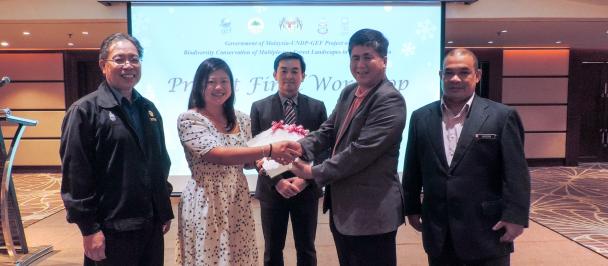A decade of conservation: reflecting on the IC-CFS program’s achievements
February 19, 2024
In the lush heart of Peninsular Malaysia lies a treasure trove of biodiversity, known as the Central Forest Spine (CFS). This verdant landscape not only shelters some of the world's oldest forests but also serves as a crucial habitat for a multitude of species, including the Malayan Tiger. However, rampant development has threatened the delicate balance of this ecosystem, prompting a multi-stakeholder conservation programme aimed at restoring the protected areas’ ecological corridors.
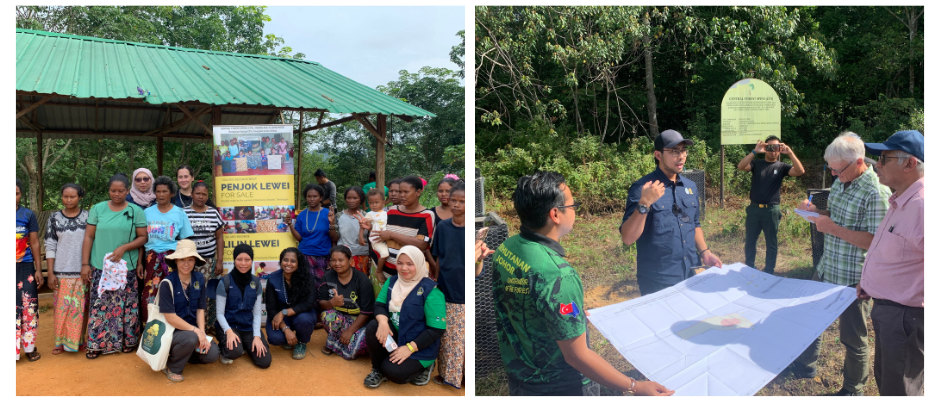
(L) Penjok Lewei (beeswax wraps) project by the Jahai women of Kg Chuweh in Temenggor, Perak, was part of the programme’s community empowerment arm. (R) Programme evaluators at the forest rehabilitation site in Johor.
Government endorsement, partners’ cooperation at the heart of programme
In 2005, the groundwork for this undertaking was laid out in Malaysia’s 1st National Physical Plan, where the concept of a Central Forest Spine (CFS) took shape. By 2010, the Government of Malaysia had established the CFS Master Plan, which identified the ecological linkages crucial for maintaining connectivity and biodiversity across the landscape. This milestone marked a significant step forward in understanding and safeguarding the delicate balance of the CFS ecosystem.
In 2014, the Improving Connectivity in the CFS Project (IC-CFS) was born in partnership with UNDP Malaysia, with funds granted from the Global Environment Facility (GEF) and co-funding from the Government of Malaysia. The programme was designed to enhance capacities of government, non-government, community and academia stakeholders in implementing the CFS Master Plan.
“The CFS project operates within a larger framework that involves over 200 initiatives. Implementing them all requires significant expenditure; moreover, executing everything within a short timeframe is very challenging. Hence the Government sought assistance from foreign funds, especially GEF, to implement the IC-CFS project,”
- Dato' Mohd Ridza Awang, Director-General, Forestry Department of Peninsular Malaysia
The programme’s initiatives were spearheaded by a network of implementing agencies from the Ministry of Energy and Natural Resources (KETSA), Forestry Department of Peninsular Malaysia (FDPM), Department of Wildlife and National Parks (DWNP), Forest Research Institute Malaysia (FRIM) and State Forestry Departments. The programme also engaged non-profit and academia partners, such as Management and Ecology of Malaysian Elephants (MEME), World Wildlife Fund (WWF), Malaysia Nature Society, and Universiti Teknologi Malaysia to drive a more holistic approach.
The programme’s success hinged on three core components:
- Strengthened institutional capacity: Local officials were empowered to monitor, gather intelligence gathering and reduce wildlife crimes, improving law enforcement for the area. The project also helped strengthen institutional integration of the CFS at state and district levels.
- Enhanced land management: Partners integrated biodiversity and ecosystem considerations into land-use planning, helping balance conservation objectives with socio-economic development priorities.
- Sustainable financing mechanisms: The programme identified alternative resources for the Central Forest Spine conservation and mainstreamed biodiversity considerations into development plans.
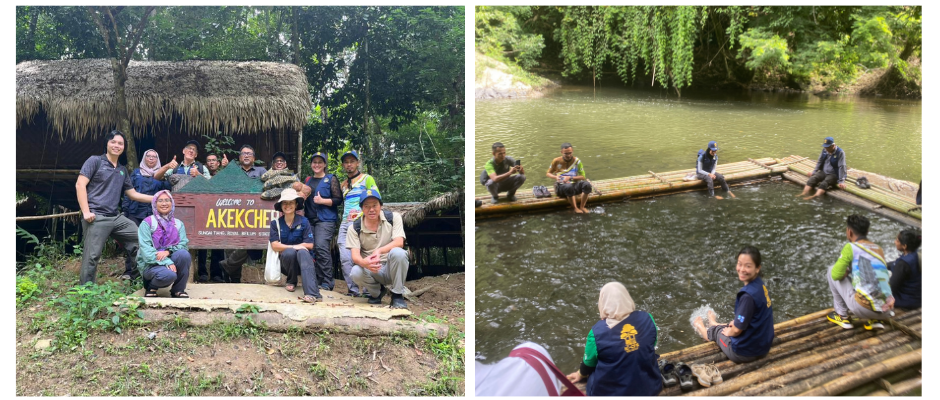
In Akekchep Village in the Belum Rainforest, Perak, partners in collaboration with indigenous community members developed a Fish Sanctuary. The project aimed to promote responsible stewardship of our forests, while safeguarding the community’s long-term health and resilience via biodiversity and ecosystem services.
Shared benefits of the forest for all
Despite a brief hiatus and challenges faced during the pandemic, the IC-CFS project has made notable strides in achieving its goals. Through strategic conservation interventions, such as habitat restoration, sustainable livelihood programs, and enhanced land management practices, the project has contributed to the preservation of the CFS' rich biodiversity and ecological integrity. In December 2023, the programme officially concluded, with positive feedback from partners, stakeholders, and evaluators.
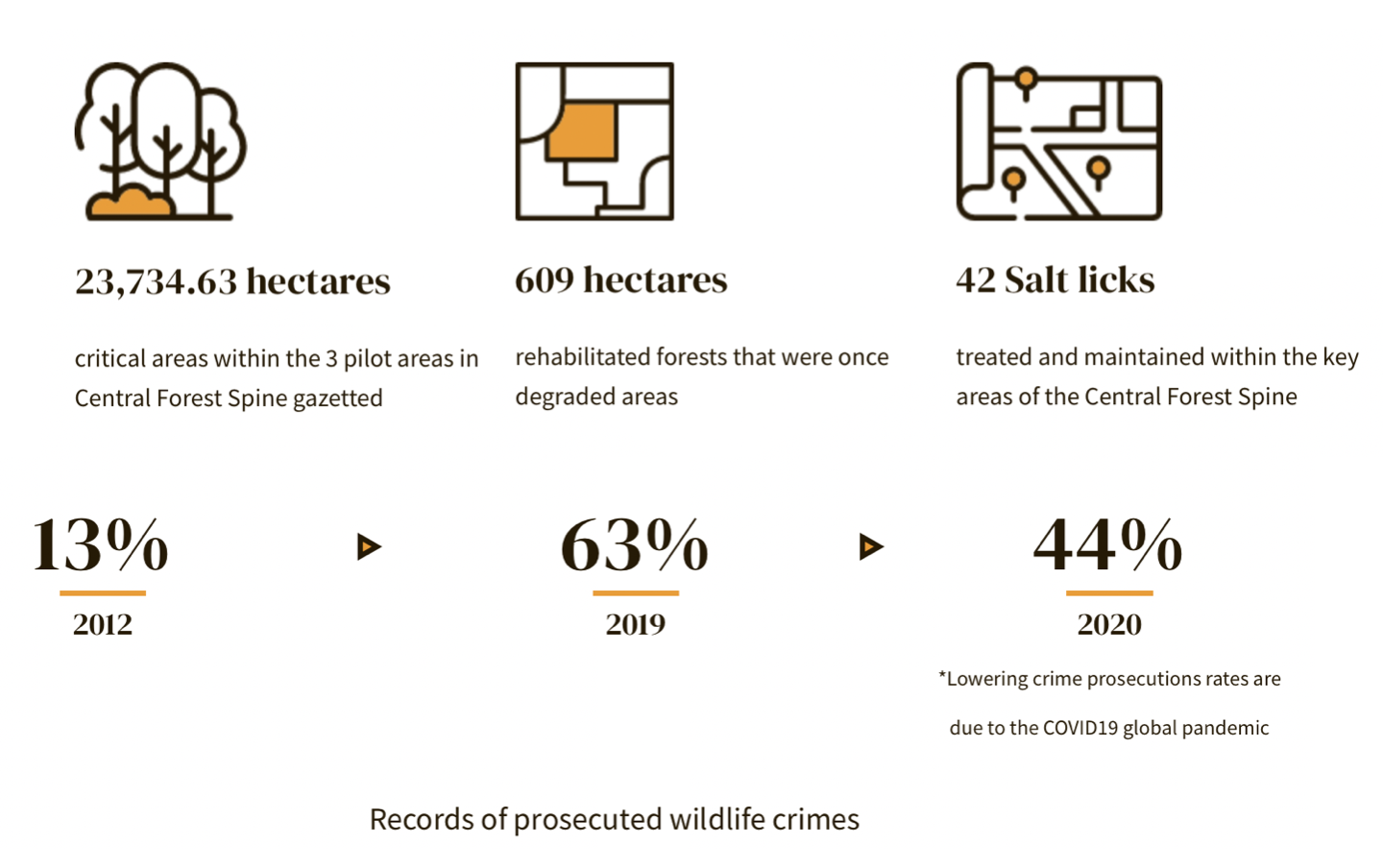
Connecting the fragmented forests within a multifunctional landscape like the CFS is not just a local endeavor but a pivotal step towards achieving broader global biodiversity targets. The Kunming-Montreal Global Biodiversity Framework's 30 x 30 Target and the National Policy on Biological Diversity's aim of designating 25% terrestrial protected areas for sustainable human development rely heavily on restoring connectivity within landscapes like the CFS.
Importantly, the IC-CFS project has fostered collaboration amongst partners, amplifying efforts to protect and sustainably manage the CFS. Going beyond closing the physical gaps between the ecological corridors, the programme’s philosophy highlighted the importance of connectivity between and beyond the forest complexes — trees, animals and people included.
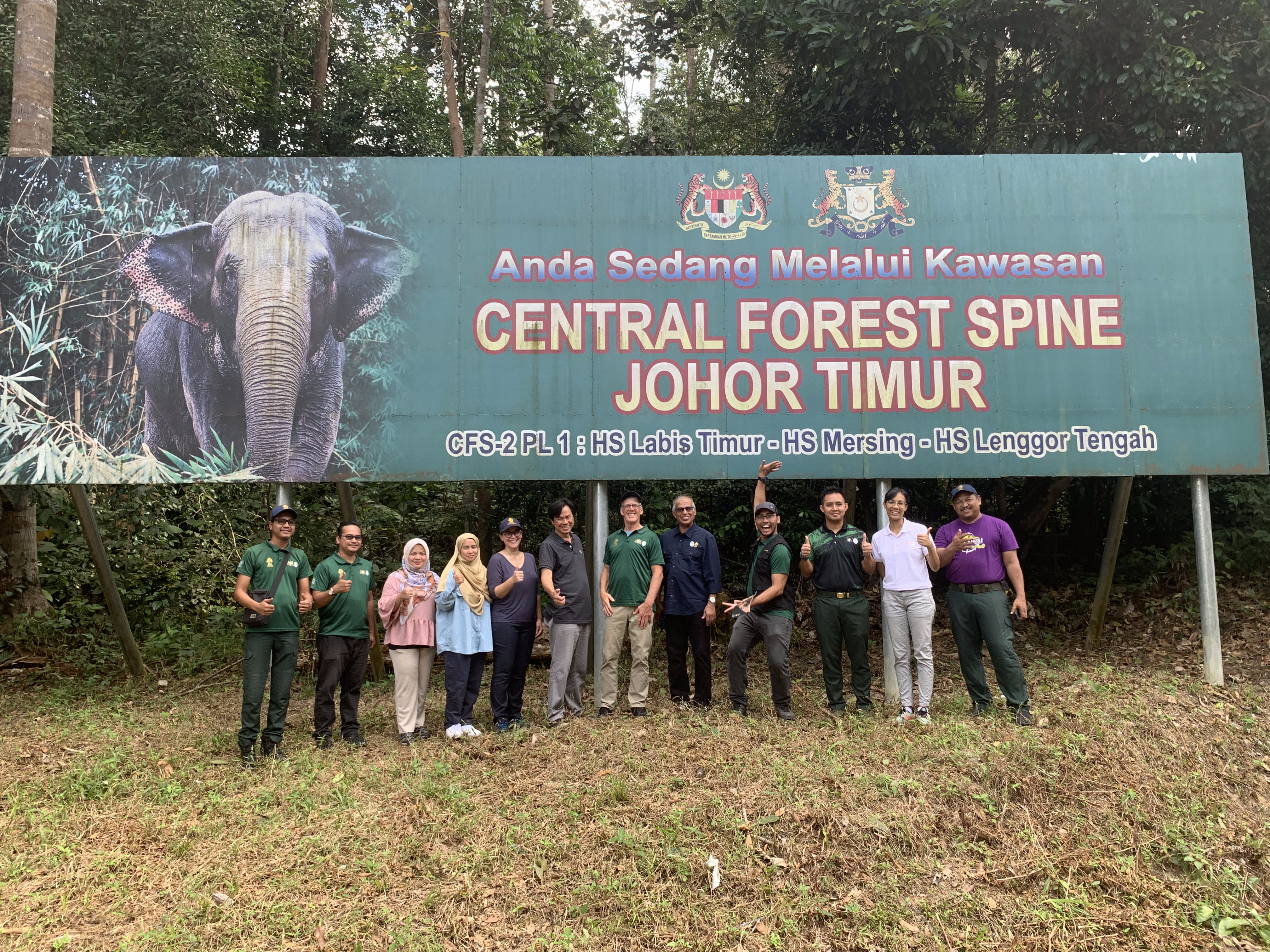
The IC-CFS programme team and third-party evaluators at the site of the CFS of Johor.

 Locations
Locations